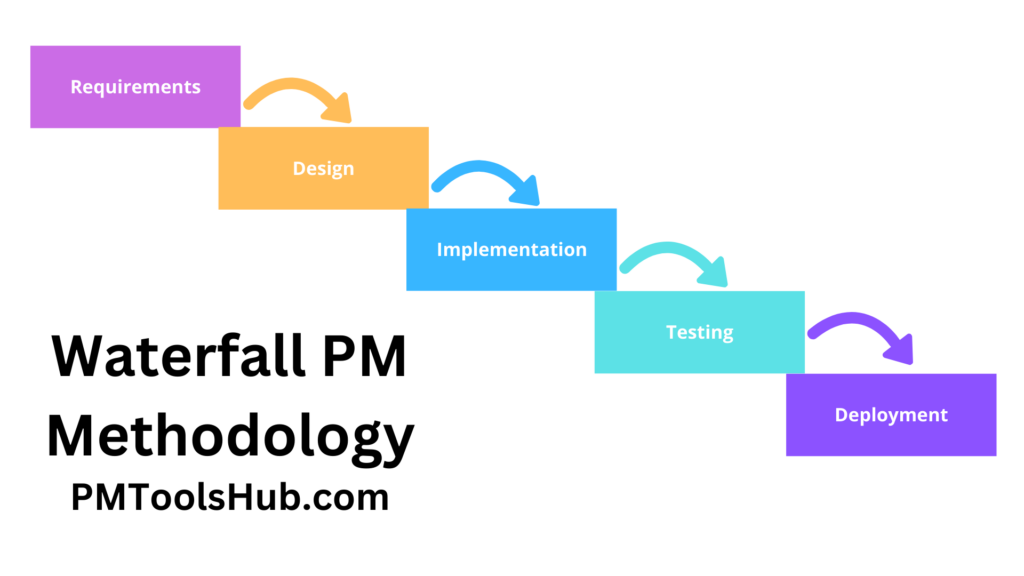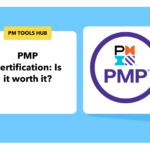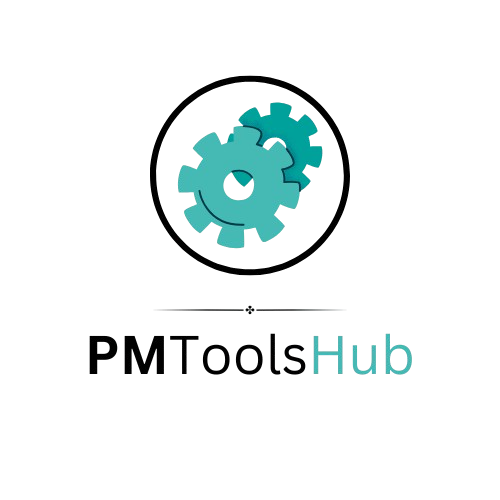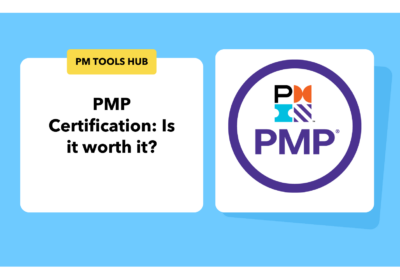Project Management Methodologies: A Comprehensive Guide
Effective project management is essential for delivering successful outcomes, meeting deadlines, and keeping teams organized. One of the key foundations of effective project management is selecting the right project management methodology for your team, project type, and business goals. In this guide, we’ll explore what project management methodologies are, why they matter, and dive deep into the most popular methodologies used today.
Table Of Content
- What Are Project Management Methodologies?
- Popular Project Management Methodologies
- Waterfall Methodology
- Agile Methodology
- Scrum
- Kanban
- How to Choose the Right Project Management Methodology
- Combining Methodologies (Hybrid Approaches)
- Personal Perspective: Insights from 15 Years of Experience
- Final Thoughts
- Optimize Your Team’s Workflow with the Right Tools
What Are Project Management Methodologies?
A project management methodology is a structured framework that defines how projects are planned, executed, and completed. It provides clear processes, tools, and standards for managing a project from start to finish. Different methodologies cater to different industries, project sizes, and team structures, so choosing the right one can significantly impact a project’s success.
The methodology you select determines how your team communicates, how progress is tracked, and how changes or challenges are managed. Let’s explore the most commonly used methodologies and their pros and cons.
Popular Project Management Methodologies
Waterfall Methodology
The Waterfall methodology is a linear, sequential approach to project management. It divides the project into distinct phases (like initiation, planning, execution, and closure), and each phase must be completed before the next one begins.

Best For:
- Projects with well-defined requirements.
- Industries like construction, manufacturing, and regulated fields.
Pros:
- Clear structure and documentation.
- Easy to understand and follow.
- Works well when requirements are stable.
Cons:
- Limited flexibility if changes arise.
- Late discovery of issues can derail timelines.
Agile Methodology
Agile is a flexible, iterative approach that focuses on continuous improvement and customer collaboration. Projects are broken into small increments called “sprints,” each typically lasting 2-4 weeks.
Best For:
- Software development.
- Fast-paced environments with evolving requirements.
Pros:
- Highly adaptable to changes.
- Continuous feedback improves quality.
- Encourages teamwork and transparency.
Cons:
- Requires strong communication and collaboration.
- Can lack clear documentation if not managed well.
Scrum
Scrum is a subset of Agile, designed for teams working on complex projects. Scrum teams work in fixed-length sprints, with regular stand-up meetings to track progress and address blockers.
Best For:
- Cross-functional teams.
- Projects needing rapid delivery.
Pros:
- High visibility into progress.
- Encourages accountability.
- Built for continuous improvement.
Cons:
- Can become chaotic if roles and responsibilities aren’t clearly defined.
- Requires experienced Scrum Masters to maintain process discipline.
Kanban
Kanban is a visual workflow management method that uses a board with columns representing each stage of a process (e.g., To Do, In Progress, Completed). Tasks move across the board as work progresses.
Best For:
- Teams needing flexibility in managing work.
- Continuous delivery environments.
Pros:
- Easy to understand and implement.
- Provides real-time visibility into work status.
- Works well with other methodologies.
Cons:
- Can become disorganized without clear policies.
- May not work well for highly complex projects.
How to Choose the Right Project Management Methodology
Selecting the right methodology requires understanding your project’s characteristics, such as:
- Complexity: Large, multi-team projects often require more structured approaches like Waterfall, while smaller projects benefit from Agile or Kanban.
- Flexibility: If your project scope is likely to change, Agile or Scrum offer more adaptability.
- Industry: Regulated industries (e.g., healthcare, construction) may prefer Waterfall, while tech startups lean toward Agile.
- Team Experience: Highly experienced teams may thrive with flexible methods like Kanban, while less experienced teams may need the clear processes provided by Waterfall.
Combining Methodologies (Hybrid Approaches)
In practice, many teams blend methodologies to suit their needs. For example:
- A Hybrid Agile-Waterfall approach allows for detailed upfront planning (Waterfall) followed by iterative development (Agile).
- Some teams use Scrum for development work and Kanban for support and maintenance.
Personal Perspective: Insights from 15 Years of Experience
In my 15 years working as a project manager, I’ve had the opportunity to apply all these methodologies across a wide range of projects and industries. Each methodology brings unique value depending on the project context. In highly regulated industries, Waterfall’s structured approach ensured compliance and documentation. For fast-moving digital marketing campaigns, Agile and Scrum provided the flexibility needed to pivot quickly based on data. Kanban, on the other hand, has proven invaluable for managing ongoing creative production workflows, where priorities shift constantly.
What I’ve learned is that no methodology is perfect on its own. The most effective project managers know how to adapt methodologies to fit the reality of their team, clients, and projects. Flexibility and understanding the strengths and limitations of each approach is key to long-term success.
Final Thoughts
Project management methodologies are not one-size-fits-all. The best approach for your team depends on your industry, project type, team size, and organizational culture. As technology evolves, so too will these methodologies, with emerging trends like AI-powered project management and remote-first project workflows shaping the future.
By understanding the strengths and weaknesses of each methodology, you can make an informed decision that aligns with your project goals, keeping your team productive and your clients happy.
Optimize Your Team’s Workflow with the Right Tools
No matter which methodology you choose, using the right project management tools enhances execution. Platforms like ClickUp, Asana, Trello, and Monday offer flexibility to adapt to your chosen framework. Selecting the right tool for your methodology ensures smoother communication, better tracking, and more efficient delivery.
Please share this article if you like it!










